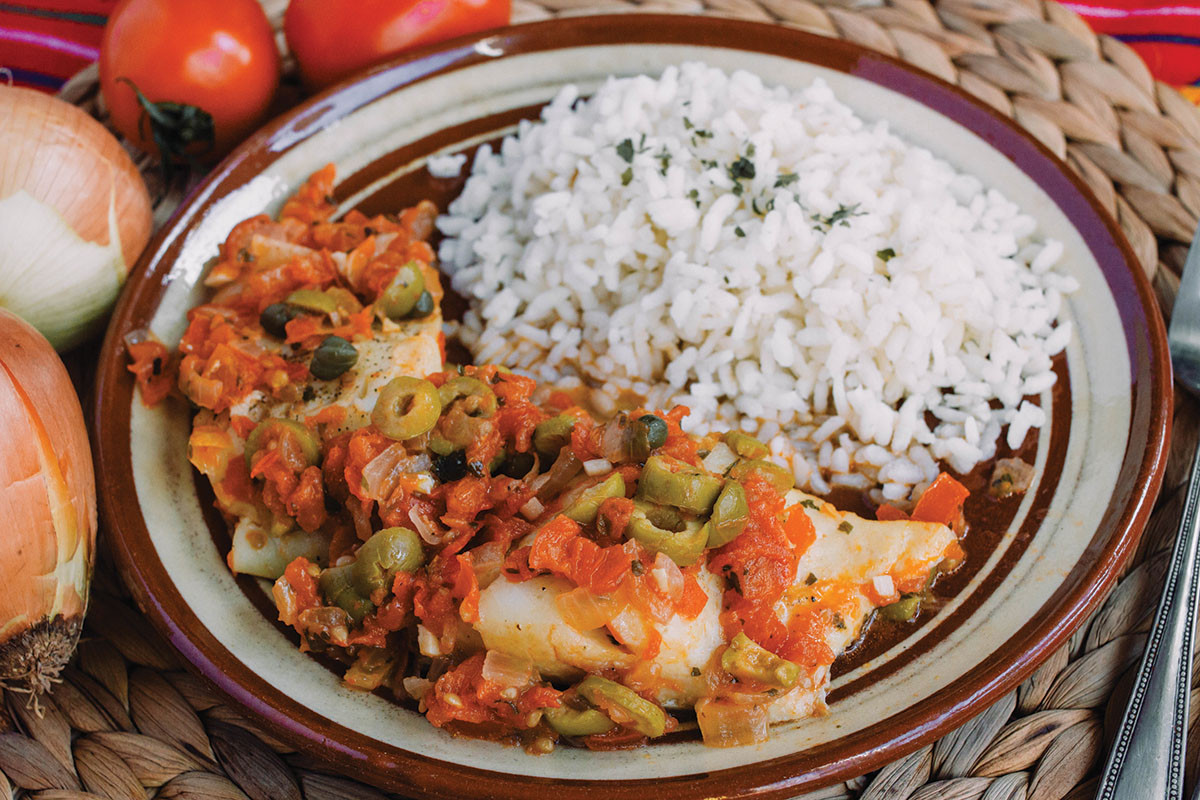Heart-healthy eating patterns inspired by Latin America
Adapt the Mediterranean diet to feature foods enjoyed in Mexico, the Caribbean, and Central and South America.
- Reviewed by Christopher P. Cannon, MD, Editor in Chief, Harvard Heart Letter; Editorial Advisory Board Member, Harvard Health Publishing

Long touted as one of the world's healthiest diets, the Mediterranean diet is backed by reputable evidence that this eating pattern protects against heart disease. But what if the foods and flavors of countries bordering the Mediterranean Sea simply aren't familiar or appealing to you? Or perhaps you just want to explore flavors from other parts of the world without abandoning healthful eating.
That's not a problem, says Josiemer Mattei, an associate professor of nutrition at the Harvard T.H. Chan School of Public Health, whose research focuses on links between nutrition and chronic disease with an emphasis on Latino and Hispanic culture. "You can adapt the basic guidelines of the Mediterranean diet to any cuisine you like. The key is choosing mostly plant-based foods and healthy fat sources that align with the different traditional cultures around the world," she says.
Almost 19% of people living in the United States are Hispanic or Latino, making them the second-largest racial or ethnic group. And Mexican food ranks among the most popular cuisines among Americans — although many restaurant offerings are a far cry from traditionally prepared dishes in Mexico, says Mattei. Following are suggestions for creating healthy meals inspired by fare found south of the border. Because Latin America includes about 35 countries, however, this is just a taste of this diverse cuisine.
Building a healthy, Latino‑inspired plate
A Latino-inspired plate would align with the basic guidelines of the Mediterranean diet and Harvard's Healthy Eating Plate, featuring foods from these categories:
Plant-based protein. Latin American cuisine is known for its beans, which are good sources of both protein and fiber. Americans may be most familiar with pinto and black beans. But in Puerto Rico, Mattei's native country, pink beans and red beans are more common, along with pigeon peas. Different bean varieties have slightly different nutrient profiles, Mattei points out. For example, some have more folate (vitamin B9), while others contain more iron. "That's why I advocate eating a variety of beans, as well as nuts for the added benefit of healthy fats," says Mattei. Several nuts, including peanuts, cashews, and Brazil nuts, are native to South America.
Animal-based protein. Fish and seafood are popular in Mexico and other Latin American countries, especially near the seacoast. One popular preparation method is Veracruz style: white fish fillets cooked in a mixture of tomato, onion, garlic, olives, and capers (see upper right photo). Another animal-based specialty, chicken with mole poblano, features a savory sauce made with chocolate, chili peppers, and other spices. Some restaurants prepare alleged Mexican or Latino food with gooey, processed cheese, but that's not a part of traditional dishes, says Mattei. Instead, use sparing amounts of queso blanco or queso fresco, a soft, crumbly, white cheese that's similar to feta cheese but with a milder, less-salty flavor.
Carbohydrates. Whole or minimally processed grains or other starchy plants are some of the healthiest sources of carbohydrates. In Latin America, as in many cultures around the world, white rice is a staple. White rice is often eaten with fiber-rich beans, so it's best to serve at least as much beans as white rice on your plate for a healthier ratio, says Mattei. Swapping white rice for brown rice or corn, which is also commonly ground into corn flour (masa harina) to make tortillas or tamales, can provide added nutritional benefits. Plantains (starchy fruits related to bananas) are especially popular in Caribbean cuisine. One of Mattei's favorite meals features green plantains fried in plant-based oil (tostones) and mixed-beans stew.
Fruits and vegetables. Tropical fruits such as mango, pineapple, and papaya are found throughout Latin America and are also available in the United States. Those and more exotic options like açaí, guava, and passion fruit can be tasty, nutritious choices. Latino diets include many vegetables familiar to Americans, such as cabbage, carrots, tomatoes, and peppers. For variety, try jicama (a crunchy, mild-flavored root vegetable), chayote (similar to summer squash), or nopales (cactus paddles).
Healthy fats. Olive oil is available in Latin American countries, but other oils high in unsaturated fats, including soybean and canola oils, are just as healthy, says Mattei. Fish such as grouper and snapper, and avocados, which are native to the region, are also rich in healthy unsaturated fats.
Image: © Clara Murcia/Getty Images
About the Author

Julie Corliss, Executive Editor, Harvard Heart Letter
About the Reviewer

Christopher P. Cannon, MD, Editor in Chief, Harvard Heart Letter; Editorial Advisory Board Member, Harvard Health Publishing
Disclaimer:
As a service to our readers, Harvard Health Publishing provides access to our library of archived content. Please note the date of last review or update on all articles.
No content on this site, regardless of date, should ever be used as a substitute for direct medical advice from your doctor or other qualified clinician.
















